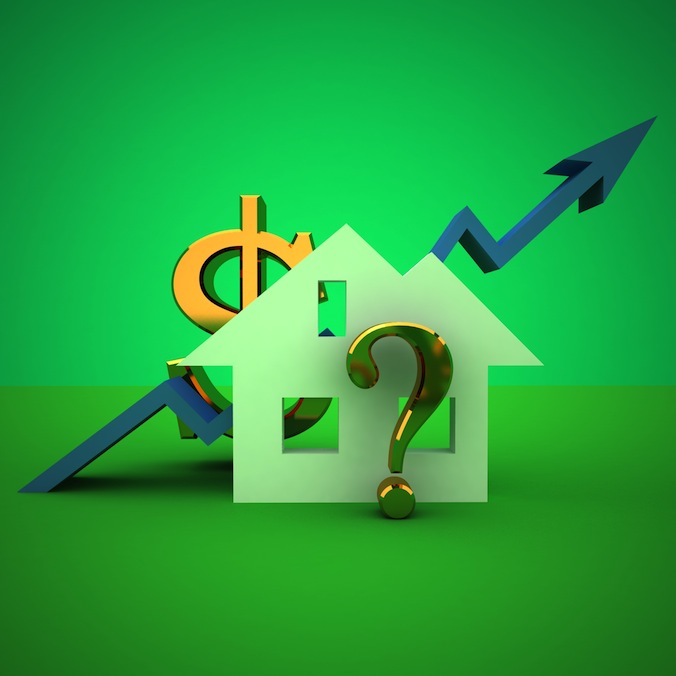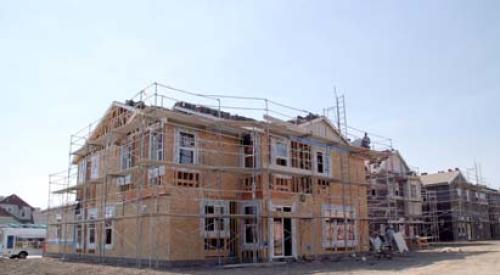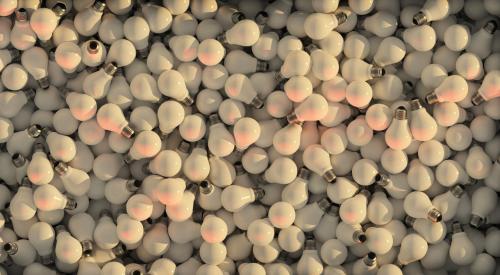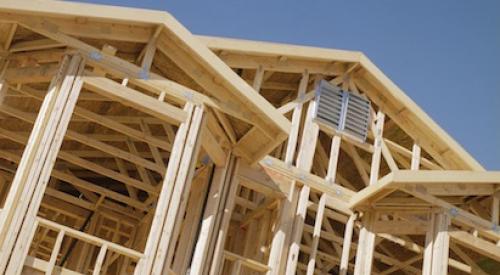Green homes are quickly gaining ground in new construction and are projected to account for roughly a third of the market by 2016, according to the latest Smart Market Report from the National Association of Home Builders (NAHB) and McGraw Hill Construction.
Released this month, the Smart Market Report compiles responses from across the broad NAHB builder and remodeler membership. Past Smart Market Report forecasts have proven very accurate, which is why the latest results bear close consideration. If green homes are soon to be as common as full basements and features such as vinyl siding and two-story foyers, is green building still a niche market or has it finally become mainstream?
Here’s what the numbers in the Smart Market Report say: The green-home share of the new residential market jumped to 23 percent in 2013 from 18 percent in 2011.
And the growth is expected to continue, as roughly 25 percent of new homes this year will be green, and between 26 percent and 33 percent will be green by 2016. To put these figures in perspective, compare them with NAHB tabulations of the U.S. Census Bureau’s 2012 Survey of Construction, which estimates the prevalence of common residential features. Green homes are—or will soon be—about as common as vinyl siding (32 percent), full basements (29 percent), and brick exteriors (26 percent), and they are already more prevalent than decks (22 percent) and three-car garages (20 percent).
According to the study:
• 62 percent of firms building new single-family homes report they are doing more than 15 percent of their projects to green standards. By 2018, 84 percent of them expect this level of green activity;
• 54 percent of firms building new multifamily projects report they are doing more than 15 percent of their projects green. Growth is also expected there, with an anticipated 79 percent reporting the same level of activity by 2018; and
• In the single-family market, the most striking shift is in those firms dedicated to green building (doing more than 90 percent of their projects green). That percentage is already at 19 percent and, by 2018, it is expected to double (to 38 percent).
The study finds that builders and remodelers in both the single-family and multifamily sectors report the market is recognizing the value of green: 73 percent of single-family builders (up from 61 percent since the last report) and 68 percent of multifamily builders say consumers will pay more for green homes.
In 2005, when the housing market was a robust $315 billion, the green share was a scant $6 billion—or about 2 percent of the overall dollars. That’s just slightly higher than the proportion of homes built with no laundry facilities whatsoever. PB
PB Topical Ref











